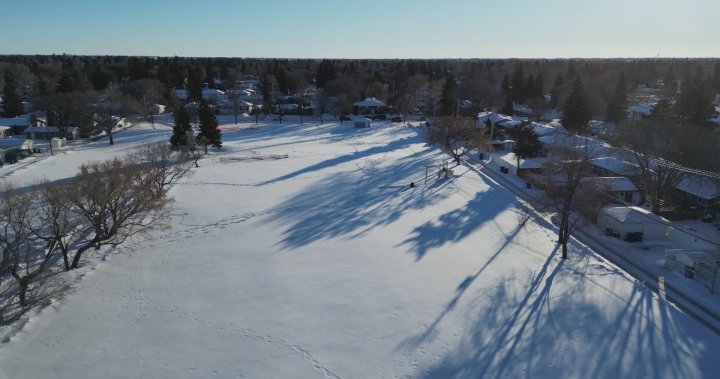Paragraph 1: Introduction – The Controversy Surrounding the Proposed Cell Tower
Saskatoon residents are embroiled in a heated debate over a proposed cell tower slated for construction in Canon Smith Park at 1501 Isabella St. E. The proposal, put forth by SaskTel, has ignited substantial public concern, prompting a public consultation meeting to address community anxieties. The central issue revolves around the tower’s potential impact on the park’s environment, the surrounding neighborhood’s aesthetic, and the perceived health risks associated with cellular radiation. While SaskTel maintains that the tower is necessary to improve network coverage and capacity in the area, residents argue that alternative locations should be explored.
Paragraph 2: The Public Consultation Meeting – A Platform for Concerns
In an attempt to address residents’ concerns, SaskTel organized a public consultation meeting on Thursday evening. This meeting provided a platform for community members to voice their objections and engage in a dialogue with SaskTel representatives. Residents articulated their worries regarding potential property devaluation, the disruption of the park’s natural beauty, and the possible health consequences of prolonged exposure to electromagnetic radiation emitted by the tower. They questioned SaskTel’s choice of location and demanded a thorough investigation into alternative sites that would minimize the impact on the residential area.
Paragraph 3: Residents’ Primary Concerns – Health, Aesthetics, and Property Values
The predominant concern among residents is the potential health impact of the cell tower’s electromagnetic frequency (EMF) emissions. While current scientific consensus suggests that the levels of EMF emitted by cell towers are safe, some residents remain skeptical and express concern about potential long-term health effects. Another significant concern is the visual impact of the tower on the park’s aesthetics. Residents argue that the tower would be an eyesore, detracting from the park’s natural beauty and negatively affecting the character of the neighborhood. Furthermore, some residents fear that the presence of the cell tower could potentially decrease property values in the surrounding area.
Paragraph 4: SaskTel’s Justification for the Proposed Location – Network Improvement and Coverage
SaskTel argues that the proposed location in Canon Smith Park is crucial for enhancing network coverage and capacity in the area. They maintain that the increasing demand for mobile data and reliable communication services necessitates the construction of new cell towers to meet the growing needs of the community. SaskTel assures residents that the tower will be designed and constructed in accordance with industry standards and safety regulations, minimizing any potential health risks. They also emphasize the economic benefits of improved connectivity for businesses and residents alike.
Paragraph 5: Exploring Alternative Solutions – The Search for a Compromise
Residents have urged SaskTel to explore alternative locations for the cell tower that would lessen the impact on the park and the surrounding neighborhood. They suggest that SaskTel consider placing the tower on less visually sensitive sites, such as commercial or industrial areas, or explore alternative technologies that could minimize the need for a large tower structure. Several potential alternative locations have been proposed by community members, and they are requesting a transparent and comprehensive assessment of these options before any final decision is made.
Paragraph 6: The Path Forward – Balancing Needs and Concerns
The future of the proposed cell tower remains uncertain as SaskTel and the community continue to navigate the complex issues surrounding its construction. Finding a solution that balances the need for improved network coverage with the concerns of residents is paramount. Moving forward, open communication, transparency, and a willingness to explore alternative solutions will be crucial in reaching a resolution that satisfies all stakeholders. This situation highlights the challenges faced by communities as they grapple with the increasing demand for technological infrastructure while striving to preserve the quality of life and the environment.

